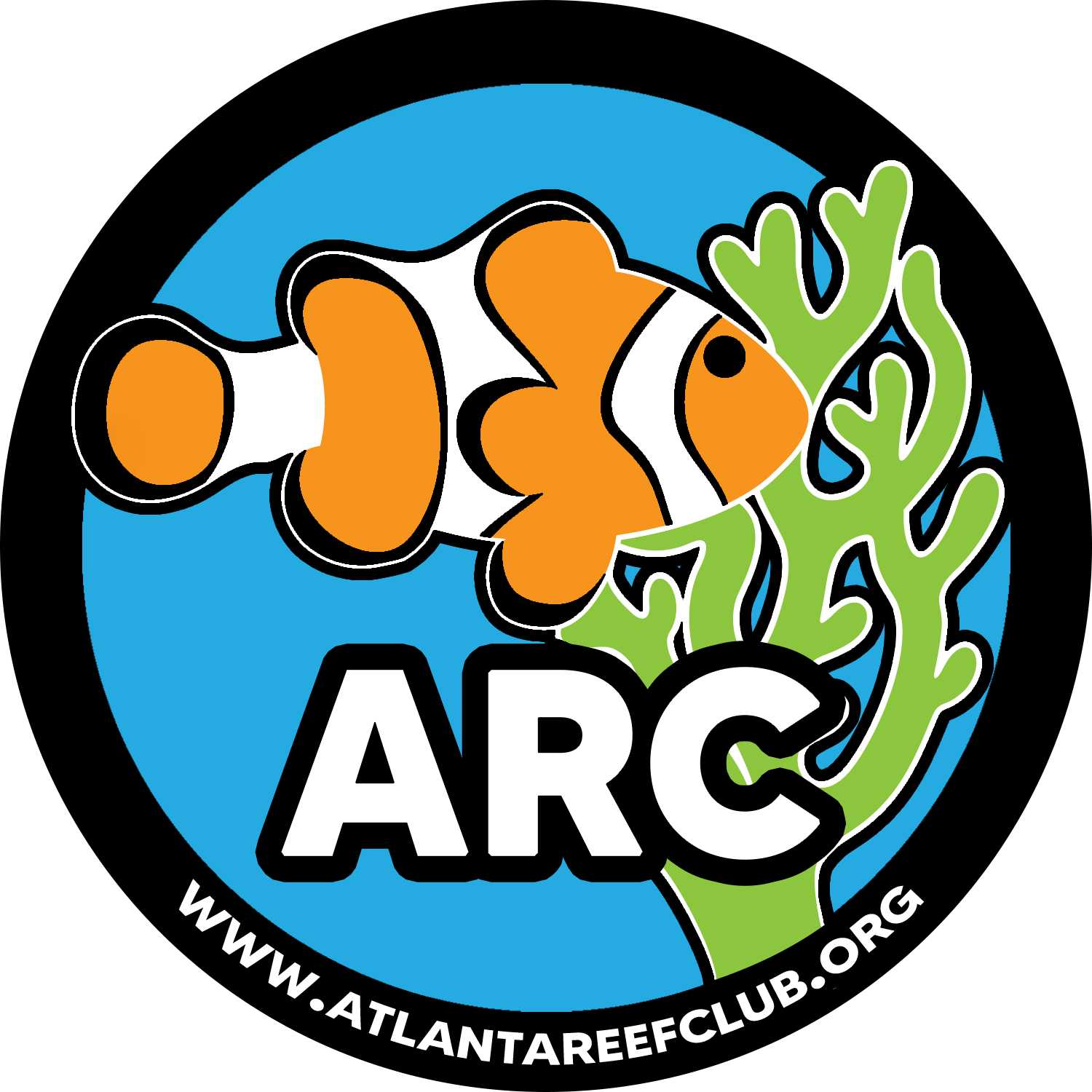Consider http://www.advancedaquarist.com/issues/mar2003/chem.htm">this</a>, also.
[B]<u>Sources of iodine in an marine aquarium</u>[/B]
Other than iodine supplements, the significant sources of iodine in marine aquaria are likely to be almost exclusively in the foods given. Even though starting salt mixes contain some iodine, that source likely disappears very rapidly (it has been known for a long time that iodide depletes rapidly, and next month’s article will show some rates). So only ongoing additions of iodine are likely to have a significant long term impact. Most calcium and alkalinity supplements are expected to have little in the way of iodine in them, but I’ve not seen any quantitative analyses of them for iodine.
Of the foods provided to most marine aquaria, algae in fish food is likely to be a big source. Gracilaria sp. macroalgae are often added to tanks, both in commercial prepared foods (e.g., some of the Formula foods from Ocean Nutrition, which also includes additional inorganic iodide), and as an individual macroalgae for fish (e.g., Tang Heaven). In one study, Gracilaria sp. was found to contain 3654 ppm iodine by dry weight.27 So the daily input to a tank adding 3 grams (dry weight) of Gracilaria sp. per day is about 11 mg of iodine. That is enough to bring a 50-gallon tank from zero to natural levels (0.06 ppm iodine) EVERY DAY. In the end, I think that we should be very happy that iodine is depleted so rapidly, because if it were not, we’d probably rapidly drive up iodine levels in many tanks.
In a recent study of foods going into aquaria, Ron Shimek estimated that the average tank is his study added 27% of the total natural level of iodine every day, consistent with the above analysis.63 Yet many of the tanks (37%) showed no detectable iodine (by ICP which he stated has a 0.1 ppm level of detection) .61 Clearly, the additions are substantial.
